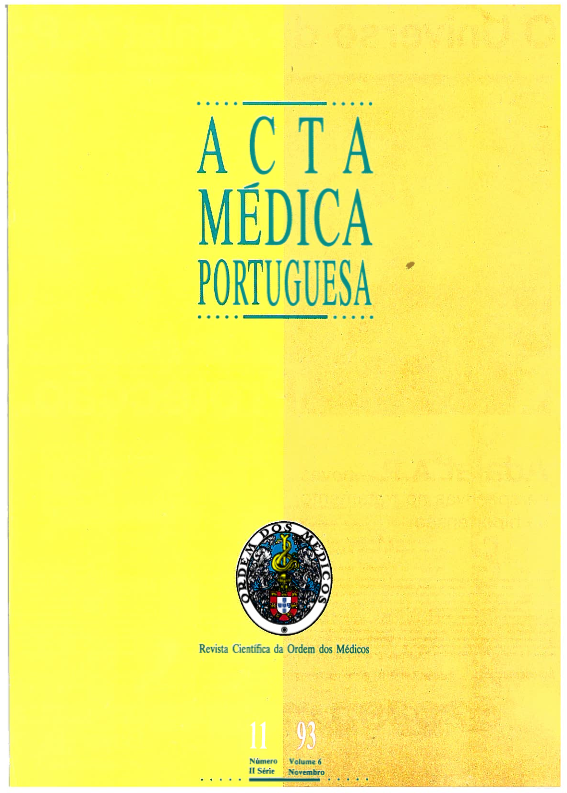A multivariate analysis of the factors associated with the severity of chronic venous insufficiency.
DOI:
https://doi.org/10.20344/amp.3160Abstract
Chronic Venous Insufficiency (CVI) affects a large proportion of individuals and, with the ageing of the population of Western Europe, its prevalence is expected to increase. Epidemiological data, particularly regarding risk factors, is scarce and controversial. The purpose of this study was to identify clinical factors that are associated with an increase in severity of CVI. Eighteen physicians observed 474 unselected patients with symptoms suggesting CVI. A multivariate model is forwarded in which age is a major risk factor. Other factors that are independently correlated with the severity of CVI are body weight, environmental heat, sedentariness, double heredity, high-dose oestrogen formulations, osteo-articular disease of the lower limbs, presence of troncular varices, involvement of the internal saphena, lymphedema or history of thrombophlebitis. Since most studies do not adjust for age when testing for risk factors, this may be an important reason for the multiplicity of reported factors and the lack of consistency of their results.Downloads
Downloads
How to Cite
Issue
Section
License
All the articles published in the AMP are open access and comply with the requirements of funding agencies or academic institutions. The AMP is governed by the terms of the Creative Commons ‘Attribution – Non-Commercial Use - (CC-BY-NC)’ license, regarding the use by third parties.
It is the author’s responsibility to obtain approval for the reproduction of figures, tables, etc. from other publications.
Upon acceptance of an article for publication, the authors will be asked to complete the ICMJE “Copyright Liability and Copyright Sharing Statement “(http://www.actamedicaportuguesa.com/info/AMP-NormasPublicacao.pdf) and the “Declaration of Potential Conflicts of Interest” (http:// www.icmje.org/conflicts-of-interest). An e-mail will be sent to the corresponding author to acknowledge receipt of the manuscript.
After publication, the authors are authorised to make their articles available in repositories of their institutions of origin, as long as they always mention where they were published and according to the Creative Commons license.









